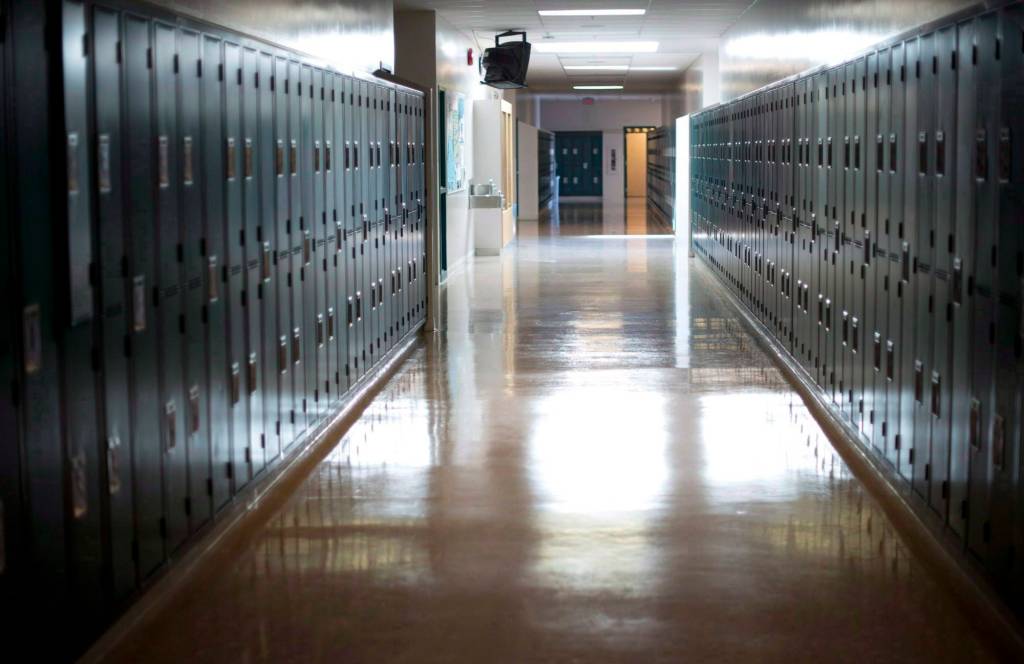It has been widely reported (here, here and here) that the Association of School and College Leaders is not happy about the idea of forcing schools in England to re-open in September, whatever the status of the Covid-19 pandemic.
we would urge the government to have in place a national Plan B in the event that we arrive at September and it becomes clear that a full return is just too risky.
The UK infection rate is already (Aug 2020) going up, and there is a significant risk it will explode into a savage second spike if we force 10 million school-age children into becoming active cross-infection vectors. So I think it’s time to write a Plan B, whether Boris wants one or not. Because we are likely to need it.
Plan B at the national level
It’s very simple. Keep the kids learning from home. Settle in for the long-term. Solve the problems that come with that. At the national level, there are really only two problems to be resolved, though they are big ones.
- Lack of a segregated budget for schools to set themselves up properly online. This should be part of any economic stimulus package; it will pay much bigger dividends than many other stimulus measures already in place.
- The increase in educational inequality. This needs to be seen for what it is; the result of actively de-funding the education of children of lower-income families. In normal times, we insist on allowing those kids into the same classrooms as their better-off peers, with the same chairs, same textbooks, same teachers. Now, suddenly, we don’t allow them the same laptops or the same internet speeds. Why not? Instead of throwing money at school buildings that we can’t even inhabit, spend it delivering online access to low-income families. Inequality will not be magically eradicated, but it can be reduced to pre-pandemic levels.
Plan B at the MAT or school level
The hard work of Plan B will fall to the school SLT. I have been out online gathering anecdotal evidence of how schools have performed during lockdown so far. The overall picture is one of scraping by with a patchwork provision that has depended entirely on the initiative of each individual teacher or, at best, each department. There is much to celebrate, but there is also much room to improve, particularly at the whole-school level.
Here is my 7-point checklist for SLTs.
- Budget: you can’t shift the whole school online for free. At the very least, take all the money you save by not having buildings fully-occupied (cleaners, facilities management) and put that into a ring-fenced budget for remote teaching.
- CPD: teachers have discovered over the last term that sticking a traditional classroom lesson online simply doesn’t work. Many still need strategies that do work, and it’s hopelessly inefficient to expect them to do this by trial and error. Invest in sound training in online learning strategies. In particular, encourage asynchronous learning.
- Realtime or near-realtime attainment tracking is essential. Most schools have been content in the past with termly attainment numbers, but that was when the HT could pop into any class to observe and, if necessary, intervene. All good learning platforms have built-in analytics (here are ours) with tiered permissions so that senior teachers can get an instant overview of progress. Insist on having that access, for every platform the school employs, and learn to use it.
- Get 1:1 with students. Most students seem to be getting some 1:1 time, but how well is it being tracked at the whole-school level? The HT needs a dashboard showing how much 1:1 time each student is getting, with concern flags settable by subject teachers. If you don’t have a service for this, it’s not actually hard to run up in a spreadsheet+form. Contact me if you need more on this.
- Get 1:1 with parents. Parent evenings have all been cancelled over the last term, quite unnecessarily; they just need to become virtual. I think the best tool is the plain old telephone. A timetabled series of phone calls will take no longer than face-to-face meetings and may well be more effective in engaging parents with their childrens’ education.
- Restrict/control emails to parents. This may sound counter-intuitive, but too many emails will result in parents simply not opening them. You need policy and process to ensure that the relevance threshold on every email is extremely high. Email marketing tools like Sendinblue have this, and are not expensive.
- Doorstep unresponsive families. Students not turing up online are, to all intents and purposes, truanting. Take the same approach as you would for a student who does not come to school. Go get on the doorstep, even though you can’t go inside, and talk to both parents and students. In this country we have a well-established multi-agency system for addressing truancy and bringing students back from the brink. Adapt it, and use it.
Conclusion
Perhaps it will all be OK. Perhaps there will be no second spike. Perhaps we’ll get a vaccine in time. And perhaps not.
My Plan B is based on two decades of delivering (and sometimes failing to deliver) online educational services, plus anecdotal observations of what happened over the last term. It is not a lot of work to implement, and you will sleep much better if you know you have it ready to roll should it be suddenly needed in September.
Find the discussion of this post on LinkedIn

Leave a reply to Joe Hamkari Cancel reply